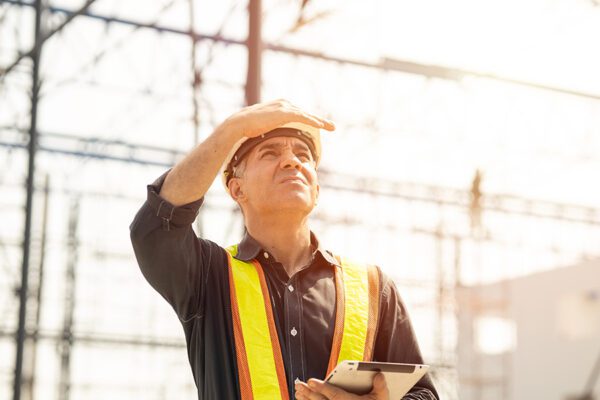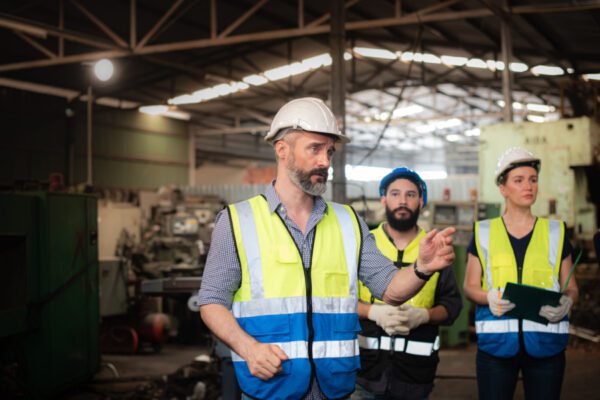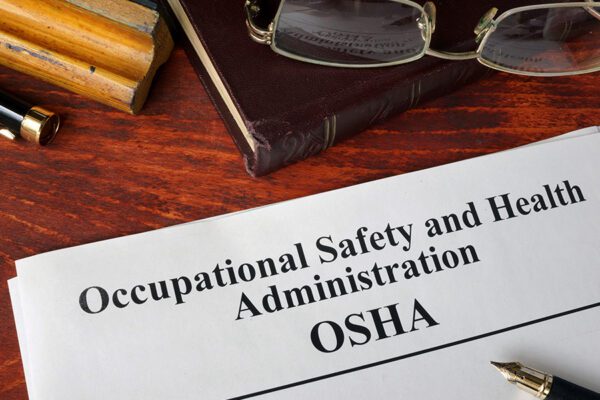Uncover Effective Construction Fall Protection Tips: No More Fear of Falling!
The construction industry is one of the most high-risk sectors for workplace accidents, primarily due to the elevated work conditions involved. Fall protection is not just a safety measure; it’s a life-saving necessity. It ensures the well-being of the workers and promotes an atmosphere of safety on the construction site. With the right knowledge and tools, fall-related accidents can be drastically reduced. Here, we provide you with five effective construction fall protection tips that could potentially save a life.
Understanding the Importance of Fall Protection in the Construction Industry
Fall protection in the construction industry is of paramount importance. It is the employer’s responsibility to provide a safe working environment for their workers. This involves identifying fall hazards, providing appropriate safety equipment, and enforcing safety guidelines.
Recognize and Assess Fall Hazards
The first step in ensuring safety is to recognize potential fall hazards on the construction site. These may include unprotected edges, floor holes, wall openings, and improperly constructed scaffolding. The site should be regularly inspected for such hazards, and measures should be taken to eliminate them.
H2: The Role of Safety Equipment in Fall Prevention
Safety equipment plays a crucial role in preventing falls at construction sites. Personal fall arrest systems (PFAS), guardrails, safety nets, and ladder safety systems are some of the commonly used fall protection equipment. Workers should be trained on how to properly use this equipment.
Using Personal Fall Arrest Systems (PFAS)
A Personal Fall Arrest System is designed to safely stop a fall before the worker hits the ground. It includes an anchor point, a body harness, and a connector such as a lanyard or lifeline. PFAS should be inspected before each use to ensure they are in good condition.
Embracing Safety Guidelines and Regulations
Adhering to safety guidelines and regulations is crucial in maintaining a safe construction site. Employers should ensure that all workers are trained on these guidelines and that they are strictly enforced.
Importance of Safety Training and Education
Safety Training and education are key to ensuring safety on a construction site. Workers should be trained on how to recognize fall hazards, how to use safety equipment properly, and what to do in case of a fall. Regular refresher courses should also be conducted to keep the workers updated on the latest safety practices.
Cultivating a Culture of Safety on the Construction Site
Creating a culture of safety goes beyond implementing rules and regulations. It involves creating an environment where safety is a shared responsibility, and everyone is accountable for their actions.
Encouraging Active Participation
Encouraging active participation from workers can help improve safety on the construction site. This can be achieved by involving them in safety meetings, hazard assessments, and decision-making processes related to safety.
Fall protection is not a choice but a necessity in the construction industry. By recognizing fall hazards, using appropriate safety equipment, adhering to safety guidelines, and cultivating a culture of safety, we can significantly reduce the number of fall-related accidents on construction sites.
The Collective Effort Towards Safety
Fall protection in the construction industry is a collective effort. Employers, site supervisors, safety officers, and workers all have a crucial role to play. Employers must provide a safe work environment, the necessary safety equipment, and proper training. Site supervisors and safety officers should ensure that safety guidelines are followed, and hazards are promptly addressed. Workers, on the other hand, should adhere to safety practices, use the safety equipment provided, and report any safety concerns.
Regular Audits and Inspections for Safety Compliance
Safety audits and inspections are important tools for ensuring safety compliance at construction sites. These should be carried out regularly by competent safety professionals to identify any potential fall hazards, check the condition and proper use of safety equipment, and verify adherence to safety guidelines.
The Importance of Regular Safety Audits
Regular safety audits help in identifying safety gaps and areas of improvement. They provide an opportunity to reinforce safety guidelines, address concerns, and make necessary adjustments in safety practices. Regular audits also serve as a reminder to everyone on the site that safety is a priority.
Adapting to New Safety Trends and Technologies
The construction industry is continuously evolving, and so are the safety measures. New safety equipment and technologies are being introduced that can help in further reducing the risk of falls. It’s important for construction companies to stay updated with these advancements and adapt them into their safety practices.
The Impact of Effective Fall Protection on the Construction Industry
Effective fall protection can have a profound impact on the construction industry. It not only helps in reducing accidents and injuries but also improves worker morale, productivity, and overall project efficiency.
The Positive Ripple Effect of Safety
When workers feel safe, they perform better. They are more focused, productive, and motivated. This leads to improved work quality, faster project completion, and reduced costs due to fewer accidents and delays. Effective fall protection thus creates a positive ripple effect that benefits everyone involved in the construction project.
In conclusion, fall protection in the construction industry is a vital aspect that requires attention, commitment, and continuous effort from everyone involved. By implementing the five construction fall protection tips outlined in this article, construction companies can significantly enhance their safety performance and create a safer, healthier work environment for their workers.
Material posted on this website is for informational purposes only and does not constitute a legal opinion or medical advice. Contact your legal representative or medical professional for information specific to your legal or medical needs.



